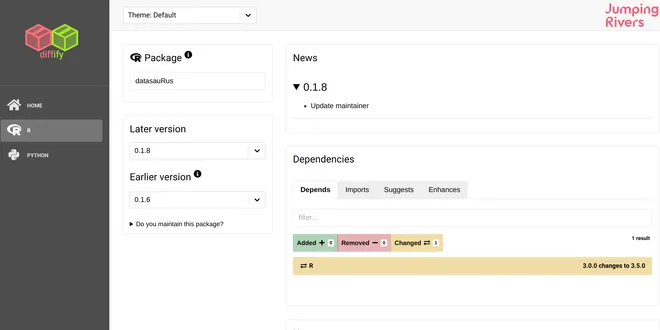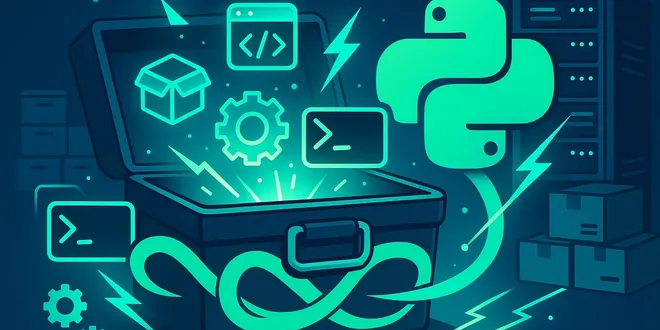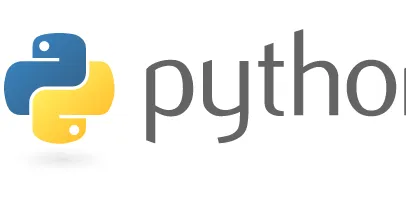Discover the best resources to learn about AI & Software Engineering - With AI⚡️Tutoring
Package-Managers
Package managers are essential tools in software development that automate the process of installing, upgrading, configuring, and removing software packages. They simplify the management of dependencies, which are libraries or frameworks that a project requires to function correctly. By using a package manager, developers can easily access a vast repository of packages, ensuring that they have the right versions and configurations needed for their projects. Popular package managers include npm for JavaScript, pip for Python, and conda for data science applications. Overall, package managers enhance productivity and reduce the complexity of software management.

Environment & Package Management
A good handle on Package and Environment management ensures that we continue to avail the benefits of the latest package functionalities while ensuring that projects running on older package releases…...
📚 Read more at Towards Data Science🔎 Find similar documents

Explained from Zero: From Pip to Uv, Package Managers
What are Dependencies? What does a Package Manager Do? A python project normally uses packages, such as FastAPI , which in turn may require other packages to work, such as pydantic in the case of Fast...
📚 Read more at Python in Plain English🔎 Find similar documents

What’s a Package Manager in Angular and How Does it Work?
Have you ever used a package manager? Do you wonder what’s a package manager, and what are the best options in the frontend world? Do you wonder how it works and how to choose the right package…
📚 Read more at Level Up Coding🔎 Find similar documents

Diffify & Posit Package Manager
The latest release of Posit Package Manager introduces several enhancements, including: Python Git Builders: Build Python packages (wheels) directly from Git. Blocklists: Easily block specific package...
📚 Read more at R-bloggers🔎 Find similar documents

Challenges in Package Management
Photo courtesy of Pexels Installing software packages from public repositories like CRAN or PyPI is easy until it isn’t. New developers and veterans reading this are likely familiar with the frustrati...
📚 Read more at R-bloggers🔎 Find similar documents

Packages
Understanding Packages To make types easier to find and use, to avoid naming conflicts, and to control access, programmers bundle groups of related types into packages. Definition: A package is a gro...
📚 Read more at Learn Java🔎 Find similar documents

The Beginners’ Guide to Julia’s Package Manager — Pkg
Pkg is Julia’s built-in package and environment manager. You can treat Pkg as Python’s equivalent of Pip & Conda (we use Pip as a package manager and Conda as both package & environment manager in…
📚 Read more at Towards AI🔎 Find similar documents

9.1 Packages
If writing a larger program, you don’t really want to organize it as a large of collection of standalone files at the top level. This section introduces the concept of a package. Modules Any Python so...
📚 Read more at Practical Python Programming🔎 Find similar documents

Writing Your Own Python Package Manager From Scratch
When I first thought about writing my own package manager in Python, I asked myself: Why? We already have pip , conda , poetry , and others that work just fine. But digging deeper, I realized that bui...
📚 Read more at Level Up Coding🔎 Find similar documents

Posit Package Manager for Linux R Binaries
I’ve been getting a lot of use recently from the Posit (née RStudio) Package Manager (PPM), because it offers freely available R package binaries for quite a few Linux distributions—including common o...
📚 Read more at R-bloggers🔎 Find similar documents

Software Packaging and Distribution
Software Packaging and Distribution These libraries help you with publishing and installing Python software. While these modules are designed to work in conjunction with the Python Package Index , th...
📚 Read more at The Python Standard Library🔎 Find similar documents

Environment Variables and Package Management using Anaconda
Today’s read is on Python’s Package Management System and Virtual Environment. Sit back, hold your cup of coffee, and keep that pack of snacks 5 meters apart, because this is going to be short and…
📚 Read more at Level Up Coding🔎 Find similar documents

